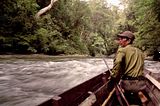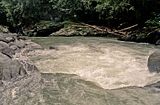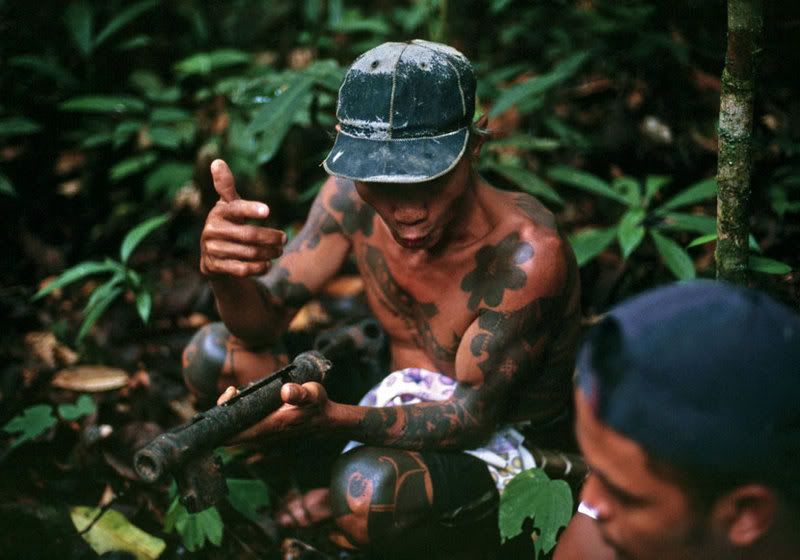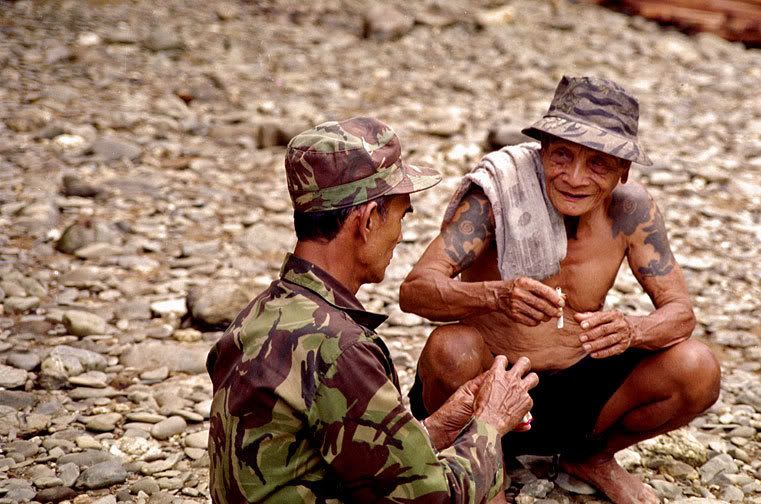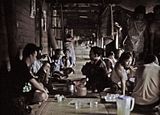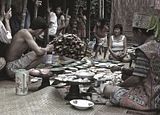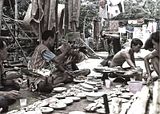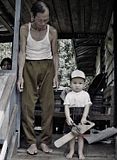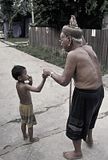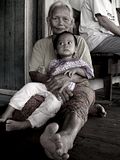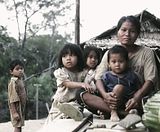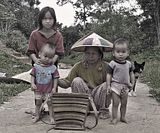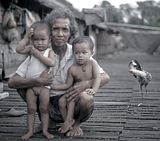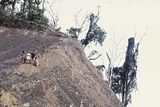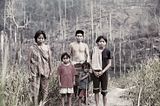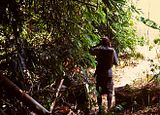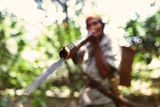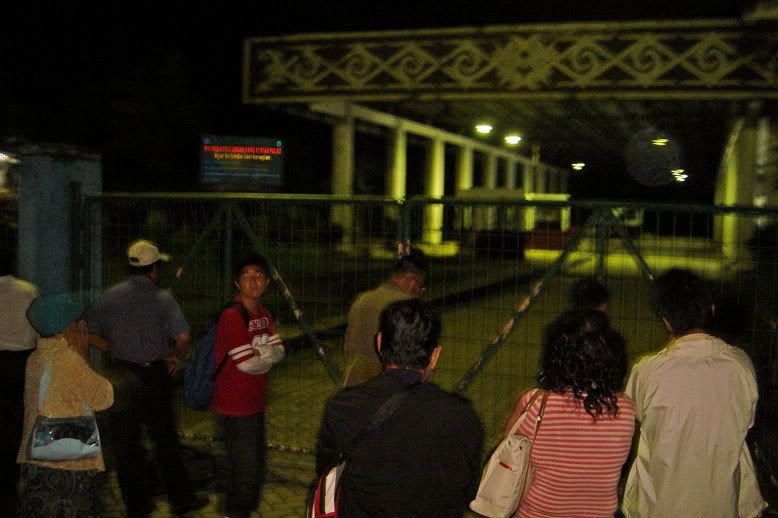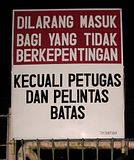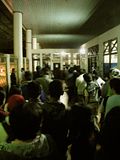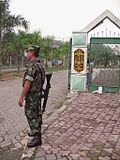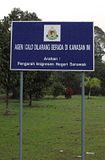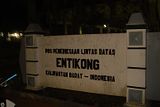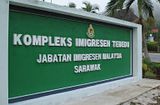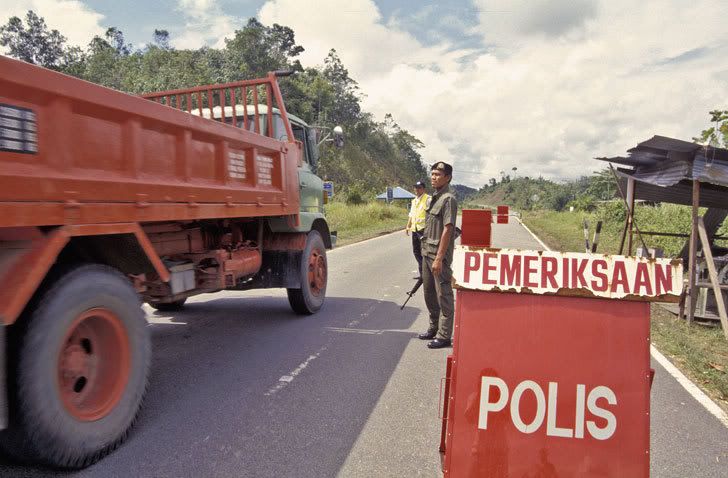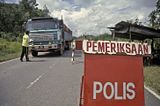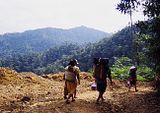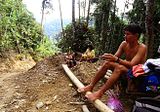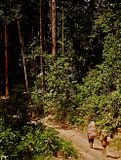INTRO
A collection of personal photographs taken throughout the island of Borneo (Malaysian Sarawak & Indonesian Kalimantan) during travels and research fieldtrips (started since 1997). Though being results of something that started as a triviality, only later I realized that these photos have inadvertendly captured the changing face of the island.
Sebuah koleksi foto-foto pribadi yang diambil di pulau Kalimantan (Negeri Bahagian Sarawak di Malaysia dan Provinsi-provinsi Kalimantan di Indonesia) selama perjalanan-perjalanan dan penelitian lapangan yang telah dimulai sejak 1997. Berawal dari kegiatan sampingan, baru belakangan saya sadari bahwa foto-foto ini bisa sedikitnya mengungkap berbagai perubahan yang mengubah wajah pulau ini.
Sebuah koleksi foto-foto pribadi yang diambil di pulau Kalimantan (Negeri Bahagian Sarawak di Malaysia dan Provinsi-provinsi Kalimantan di Indonesia) selama perjalanan-perjalanan dan penelitian lapangan yang telah dimulai sejak 1997. Berawal dari kegiatan sampingan, baru belakangan saya sadari bahwa foto-foto ini bisa sedikitnya mengungkap berbagai perubahan yang mengubah wajah pulau ini.
BORNEO / KALIMANTAN: Political Divisions

Map (p) 2002 by dlumenta, generated using SRTM data (by NOAA)
processed through 3DEM & MapInfo v. 7.5


